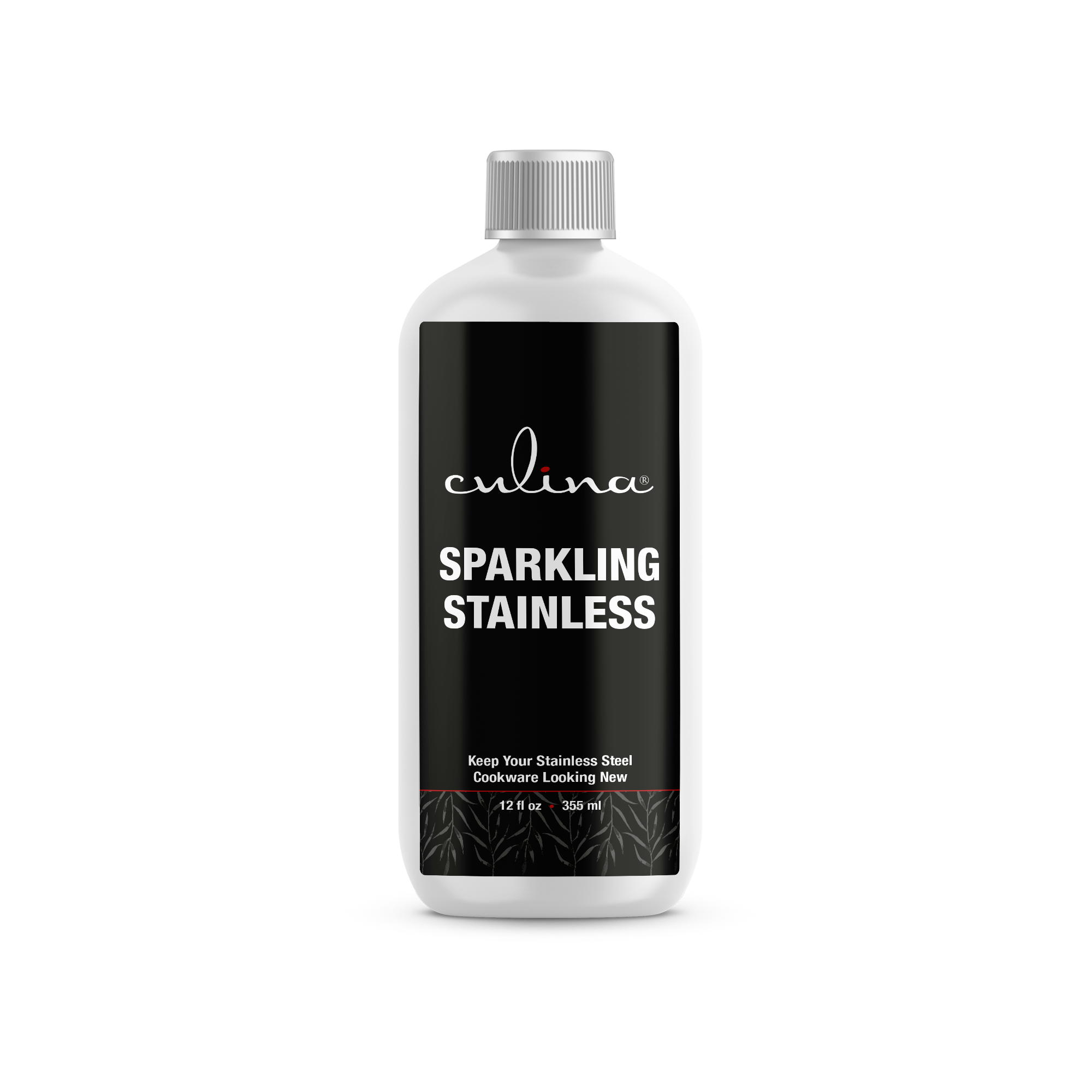Understanding the difference between a saucepan and a pot is crucial for any kitchen professional. Both are essential cooking vessels in the culinary world, yet they serve different purposes. This article will provide valuable insights into their features, uses, and specific characteristics that set them apart.
First, let's discuss the basic definitions of a saucepan and a pot:

Defining the Cooking Vessels
What is a Saucepan?
A saucepan is typically smaller than a pot, with high sides and a long handle. This vessel is designed primarily for preparing sauces, gravies, and soups. Its capacity usually ranges from one to three quarts. A saucepan is often equipped with a tight-fitting lid to help retain moisture during cooking.
What is a Pot?
A pot, on the other hand, is larger and generally has thicker walls. It is versatile and used for boiling, stewing, and making stocks or soups. The capacity of a pot can range from three quarts to several gallons, making it appropriate for larger meals.

Key Differences Between a Saucepan and a Pot
Size and Shape
The most notable difference lies in their size and shape. Saucepans are usually smaller and more tapered, making them ideal for tasks that require precision. In contrast, pots are larger and more cylindrical, suitable for batch cooking.
Handles and Lids
Most saucepans come with a long handle, allowing easy maneuverability. On the other hand, pots may have two shorter handles on either side, facilitating lifting and pouring when they are full. When it comes to lids, saucepans typically have a tight-fitting lid, while pots may have lids designed for consistent surface area for simmering.
:max_bytes(150000):strip_icc()/allclad-f2c6f5af9b0f428cb2809212ebeefa1c.jpg)
Common Uses in Professional Kitchens
When to Use a Saucepan?
In a professional kitchen, saucepans are excellent for making delicate sauces and cooking grains like rice or quinoa that require close attention. Their design helps in effective stirring and reduces the risk of herb or spice sediment.
When to Use a Pot?
Pots shine when cooking for larger groups. They're perfect for making stews, boiling pasta, or preparing big batches of soup. The size and shape enable even heat distribution and retention, allowing food to cook evenly.

Materials Used in Manufacturing
Common Materials for Saucepans
Many commercial saucepans are made from stainless steel, copper, or non-stick materials. Each material brings unique qualities to the cooking process, from conductivity to ease of cleaning.
Common Materials for Pots
Pots can also be made from a variety of materials but are often found in cast iron, aluminum, or stainless steel. Each material offers a different level of heat retention and distribution, providing versatility to chefs.
Choosing the Right Cooking Vessel
Selecting the right vessel often comes down to the particular dish you are preparing. When making a rich sauce, complement it with a good-quality saucepan; for hearty meals like chili or soup, reach for a sturdy pot.
Conclusion
In summary, knowing the difference between a saucepan and a pot plays a vital role in culinary success. Each has its specific uses and unique features, making them indispensable in a kitchen environment.
For more insights on cookware considerations for your kitchen, check out this guide on saucepan vs pot. Additionally, you can learn how to maintain your cookware by visiting saucepan care.
As an Amazon Associate, I earn from qualifying purchases.






Leave a comment
This site is protected by hCaptcha and the hCaptcha Privacy Policy and Terms of Service apply.